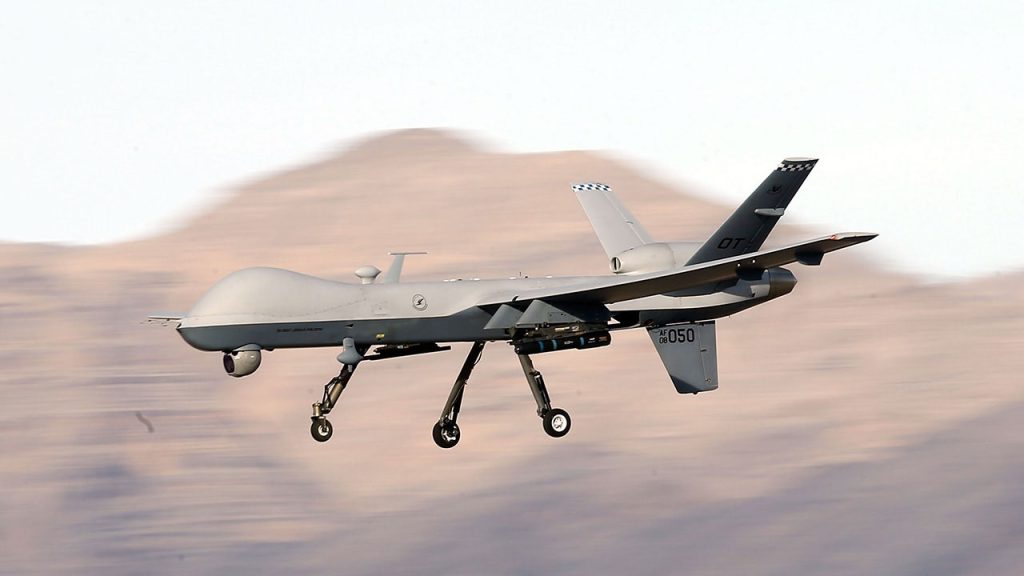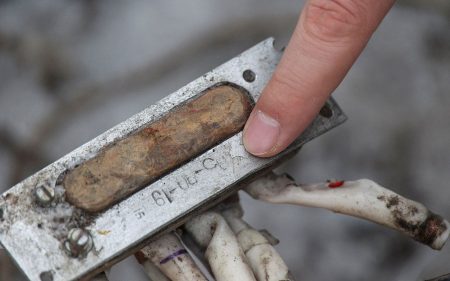The Iranian-backed Houthi rebels have claimed responsibility for the recent crash of a U.S. MQ-9 Reaper drone off the coast of Yemen, marking the fourth remotely piloted drone brought down by Iranian-proxy groups since November. This incident has cost the U.S. government an estimated $120 million. The Houthis have previously targeted U.S. MQ-9 drones, with this being the third time they have successfully brought one down. The MQ-9 Reapers are primarily used for intelligence gathering and can be armed with Hellfire missiles. They have a wingspan of 66 feet and cost around $30 million each.
The Houthis are known for their continued attacks in the Red Sea and Gulf of Aden, with a total of 131 attacks launched to date, according to a U.S. defense official. Despite the ongoing conflict and U.S.-led airstrikes in the region, the rebels have shown no signs of relenting in their assaults on ships passing through the area. In addition to the drone crash, the Houthis also recently attacked a ship traveling through the Gulf of Aden. This aggression has raised concerns about the safety of maritime travel in the region, especially in light of recent attacks and skirmishes involving Houthi rebels.
Last fall, the Houthis released video footage of a reaper drone that they had shot down, just a day after an unprovoked attack by Hamas on Israel. This was followed by the destruction of a second MQ-9 earlier this year, as well as another Iranian-proxy group bringing down a drone in Iraq in January. The pattern of attacks on U.S. drones highlights the escalating tensions in the region and the growing threat posed by Iranian-backed groups. The U.S. has been forced to invest significant resources in replacing and repairing drones, as well as adapting their strategies to combat these threats effectively.
The recent incidents involving Houthi attacks on U.S. drones and ships come amidst a period of increased hostilities in the region. The Houthis have continued to launch assaults despite ongoing military operations and airstrikes by the U.S. and its allies. These attacks have targeted vessels passing through key waterways, posing a threat to maritime security and international shipping in the Red Sea and Gulf of Aden. The conflict in Yemen, fueled by Iranian support for Houthi rebels, has created a volatile and dangerous situation that has escalated in recent months.
The U.S. military has been actively engaged in countering the Houthi threat, with allied warships intercepting missiles and defending vessels from attacks. The recent incidents highlight the challenges faced by international forces in maintaining stability and security in the region. The ongoing conflict between the Houthis and the U.S. and its allies underscores the complex geopolitical dynamics at play in the Middle East. As tensions continue to rise and Iranian-backed groups increase their activities, the situation remains fluid and uncertain, with the potential for further escalations and confrontations in the future.
Despite efforts to contain and deter Houthi attacks, the situation in Yemen and the surrounding region remains volatile and unpredictable. The ongoing conflicts, airstrikes, and attacks on maritime vessels have raised concerns about the safety and security of key waterways and shipping routes. The involvement of Iranian-backed groups in these hostilities has further complicated the situation and raised fears of wider regional implications. As the situation continues to evolve, international efforts to address the root causes of the conflict and promote a peaceful resolution will be critical in reducing tensions and restoring stability in the region.















